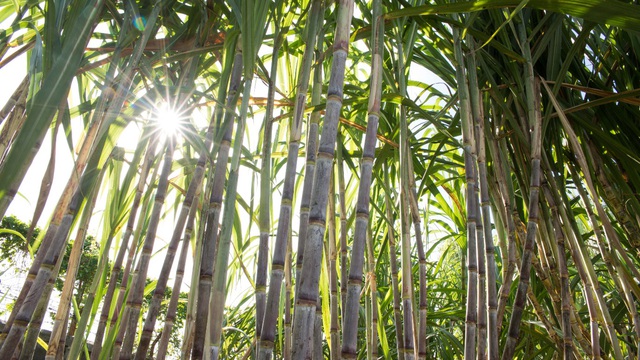On September 6, 2021, the Department of Industry and Trade officially announced the organization of a pilot au...
On September 6, 2021, the Department of Industry and Trade officially announced the organization of a pilot auction of sugar import tariff rate quotas in 2021 with a total volume of 108,000 tonnes, Implementation is scheduled for September 29, 2021. This is considered the latest state measure to support the sugar industry in order to solve the domestic sugar shortage in the short term.
World sugar is forecast to fall short of around 4.8 million tonnes for 2020-2021 harvest
As early as the beginning of the second quarter of 2021, the International Sugar Organization (ISO) projected the global sugar deficit for the 2020/21 crop year. According to these forecasts, in the 2020/21 crop year (October 2020 – September 2021), global sugar production is 169 million tonnes, down from the previous forecast of 171.1 million tonnes. Meanwhile, world consumption is forecast at 174.6 million tonnes, up 2.1% from the previous season. This resulted in a deficit of 4.8 million tonnes, up almost 40% from the previous forecast of 3.5 million tonnes
One of the reasons for this decline is the still complicated COVID-19 situation in India and Brazil, the two main sugar-producing countries in the world. Brazil has had its driest climate in 90 years, and recent frosts have exacerbated sugar cane losses in the country, which has led to the possibility of ending cultivation much sooner than usual, limiting world supply as the country accounts for 40% of world sugar production.
During the first half of the third quarter of 2021, the sugar shortage was clearly reflected in the sugar market when the prices of white sugar and raw sugar successively reached new highs. Specifically, the October 2021 raw sugar futures contracts on ICE rose 0.36 cents US, or 1.83%, to 20.04 cents US/lb, up 120% in 4 months. October 2021 white sugar futures on the London Stock Exchange also rose $1.3, or 0.3%, to $478.8 per tonne.
The bottleneck of the sugar cane industry in Vietnam as it continually faces a deficit
According to a report by the Vietnamese Sugar Cane Association (VSSA), in May, the Vietnamese sugar industry ended the 2020-2021 pressing season. The accumulation of a total amount of sugar cane pressed over 6.7 million tonnes of sugar cane produced 689 830 tonnes of sugar, while domestic consumption for consumption and production is estimated at over 2 million tonnes/year. Thus, cane sugar covers only 35% of domestic demand

Meanwhile, the third and fourth quarters are the time when the demand for sugar production increases for the production of confectionery from the mid-autumn festival and the preparation of products for the Lunar New Year. While the sugar cane pressing season of the factories, which usually begins in December, has caused a shortage of «cereals», that is, the decline of stocks that have not yet entered the pressing season.
Eliminate immediate difficulties
The harsh reality of the ATIGA integration period during the 2019-2020 crop year, when 11/40 sugar mills had to close and cease operations, showed that the national sugar industry is still young to be able to «float» on the international competitive playing field.
Along with the role and tool of macroeconomic regulation, the PVTM tax is an appropriate state policy to help the sugar industry recover and compete fairly with its international friends in the medium term. At the same time, the auctioning of tariff rate quotas can be seen as a useful tool to eliminate the short-term difficulties of companies when the supply of raw materials from the raw materials zones has not yet recovered and has not yet reached production activities.
While quota auctions “benefit more than they harm,” they still need close state regulation to ensure they are a catalyst for the development of the sugar industry. helping to balance the interests of stakeholders in the sugar supply chain. In addition, businesses and farmers must also put in place trust and cooperation mechanisms to develop basic competitiveness as soon as possible in order to be truly “independent” at home in the game of globalization.
Via CafeF